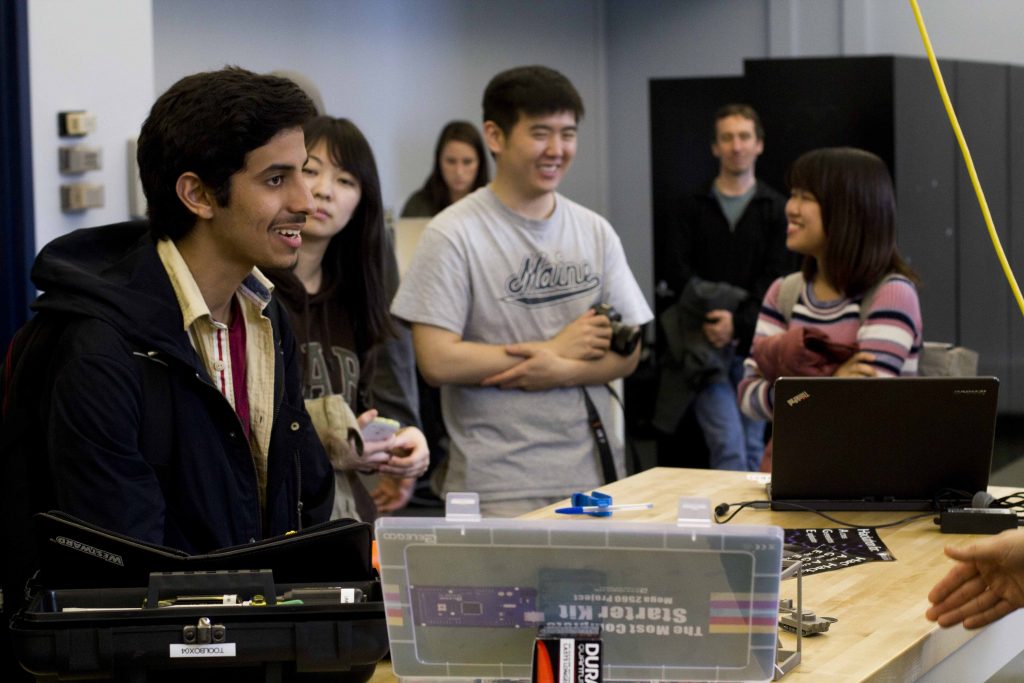
Hacker Pedagogy
The Maker Movement of the last decade gave rise to Maker Education and, now, Maker Pedagogy.
Similar to most movements and trends, one can go back in history and note an abundance of precursors, such as apprenticeships, guilds, the sixteenth-seventeenth century Scientific Revolution, the 19th Century arts and crafts movement, vocational schools, and much more.
Critics have noted gender inequality, socio-economic imbalances, and the like in many implementations of maker education in schools (the NSF recently awarded Maker State and its partners a grant to help develop maker education for undeserved student populations). But several current factors may forecast something of a pivot in the maker educational trend.
Today’s crop of inexpensive 3D printers, Internet enabled devices, aka “Internet of Things” (IoT), as well as drones, robotics, and Augmented Reality have started to alter the flavor of Maker Education. Specifically, they have ushered in more of a “Hacker Education.” While maintaining project-based curricula that is student-centered, active, and often service driven, the Hacker trend helps students and faculty outside of traditionally male-dominated STEM disciplines explore, create, and solve problems. In addition, as hacking becomes a strain of making, it brings with it an emphasis on questioning the status quo and maintaining a critical perspective.
For instance, hackers don’t stop with learning how something is done. They take things apart and search for alternative ways to rebuild them or to make something new out of the parts. We characterize hacking as having a somewhat loose affinity for following rules. It is more about exploration.
This is quite similar to the critical thinking we encourage in our students, especially as they advance in their courses of study. But today we are taking it a bit further.
We have always used available technology to interpret and explore our worlds. Clocks, thermometers, barometers, speedometers, altimeters, microscopes, telescopes, printing presses and many other analog tools have been the instruments by which we created an ordered view of the world. Although we could describe the inventors and tinkers who first worked with many of these tools as hackers, over time these once-revolutionary instruments can ingrain habits of mind and narrow the scope of our thinking.
For this reason, the University of Maine has opened a new Hackerspace. Stocked with basic 3D printers, IoT development gear, and more, we encourage students, student clubs, classes, faculty, and other members of the campus academic community to come and explore. Start a project, take things apart, build something new. But don’t worry too much about the “right” way of doing anything.
Peter Schilling
